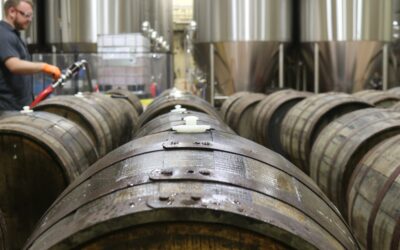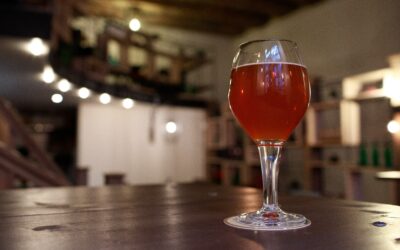What distinguishes the wheat beers is that they are white, or rather they are termed ‘white’, even when they are dark brown. It is to do with the light, milky haze of suspended flour that forms in the body of the beer when a high proportion of wheat is used in the mash.
This distinction between ‘white’ wheat beers and ‘brown’ barley beers has taken on great importance at various times in history, usually associated with the fact that wheat is in high demand from bakers, while the alternative uses for barley and largely restricted to animal feed, or the base for distilling certain spirits.
As well as lightening the colour, wheat in a mash brings a distinct grainy sweetness when fresh, which dissipates with conditioning, to leave a thinner, drier body. In any format it will leave a sticky mess in brewing equipment, which can be difficult to clean off, and increases the risk of infection.
The main wheat beer diaspora spread from northern France to Poland and south through modern Germany and Belgium as far as Austria, boasting a range of wheat beer styles that was almost as broad as of barley beer, though many of these have disappeared.
No Results Found
The page you requested could not be found. Try refining your search, or use the navigation above to locate the post.




